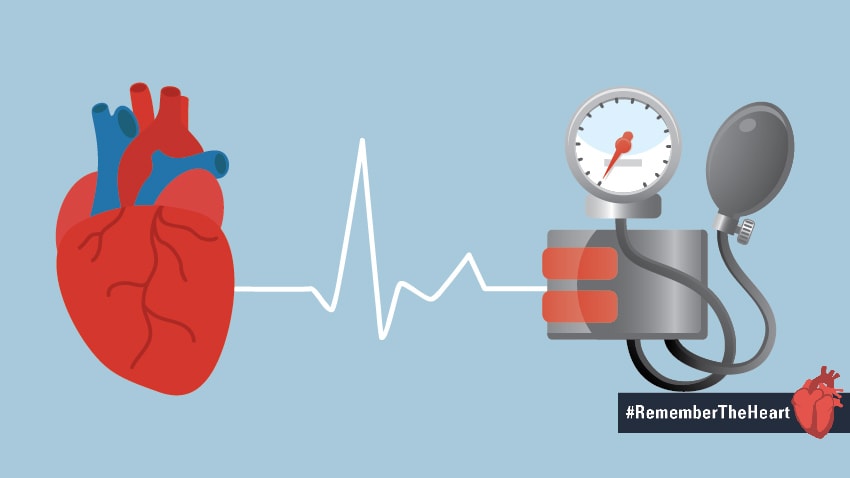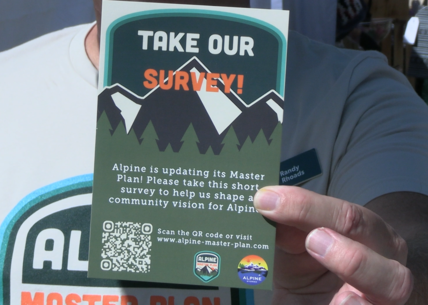◆ Hypertension makes the heart work harder, and the high force of blood flow can harm arteries and organs.
By Shelley Rae Balls
UW Extension Nutrition and Food Safety Educator
Did you know that most people with high blood pressure don’t have any signs or symptoms even when readings reach dangerously high levels? Therefore, high blood pressure, also known as hypertension, is called the silent killer.
Overconsuming sodium on a regular basis can increase your risk of developing hypertension. So how does it do this? Sodium by nature attracts water, so a diet high in sodium draws water into the bloodstream which increases blood volume and subsequently blood pressure.
Hypertension makes the heart work harder, and the high force of the blood flow can harm arteries and organs. Hypertension is also known to increase the risk of having a heart attack, heart failure, stroke, kidney disease, and blindness.
According to the United States Food and Drug Administration (FDA), Americans consume 3,400 mg of sodium per day. Whereas the Dietary Guidelines for American’s recommend limiting intake to less than 2,300 mg per day. So, what does 2,300 mg of sodium look like? About 1 teaspoon of salt is equal to roughly 2,300 mg of sodium. You may be thinking, well that’s not me because I never add salt to my food… Did you know that over 70% of dietary sodium intake comes from eating packaged and prepared foods, not from salt added when cooking or eating? According to the Centers for Disease Control and Prevention (CDC), high sodium foods commonly consumed by American’s include breads/rolls, pizza, sandwiches, cold cuts/cured meats, soups, burritos/tacos, snack foods, cheese, and egg dishes.
It’s a great idea to monitor your blood pressure to help prevent this silent killer. A normal blood pressure level is less than 120/80 mmHg. So, what if your blood pressure is above this level? If it does happen to be above this level, you are at a greater health risk for heart disease, heart failure and stroke. The great news is there are many ways to help lower your blood pressure. Some of these lifestyle changes include consuming less sodium, increasing your physical activity and being active on a regular basis, losing weight if overweight, eating more potassium (nutrient found in fruits, vegetables), discontinue smoking, and reduce excess stress to name a few. Be sure to talk with your doctor about your blood pressure level.
As mentioned above, sodium intake can increase your risk of high blood pressure, so here are a few tips to reduce sodium intake:
1. Read the nutrition facts label on your food to increase your awareness of intake. Use the percent Daily Value (%DV) as a tool, you should aim to consume no more than 100% of the %DV each day.
2. Eat out less and prepare your own food when you can. This way you’re in control of what’s in your food.
3. Add flavor without adding sodium; use spices and herbs instead! You’d be surprised at how your taste buds change over time!
4. Rinse off canned foods and look for low sodium or no salt added vegetables.
5. Look for unsalted and low sodium snacks options, such as nuts, seeds, chips, and pretzels.
6. Watch out for condiments! Condiments such as BBQ sauce, mustard, ketchup, salad dressings, soy sauce, etc. are loaded with sodium. Look for low or reduced sodium condiments.
You might not see a change in your blood pressure overnight when implementing these dietary changes, but over time it can make a big difference when it comes to your health!






